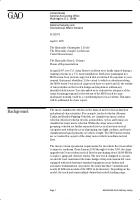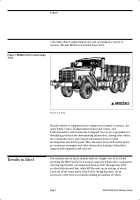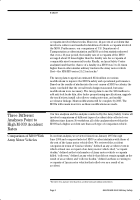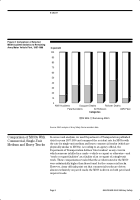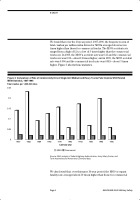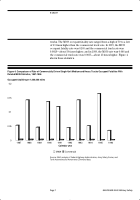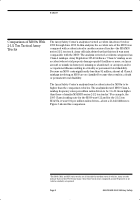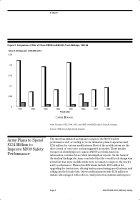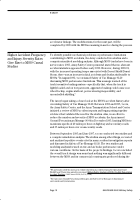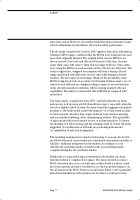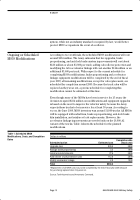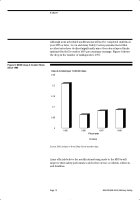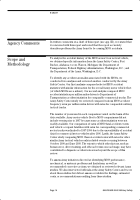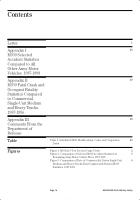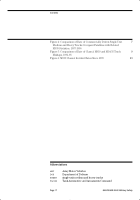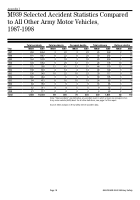GAO-NSIAD-99-82-B-282071 - Page 12 of 23
B-282071
same time period. However, the studies found that improvements to some
vehicle subsystems would enhance the truck’s safety performance.
The tire study completed in October 1996, together with other information
relating to M939 usage, confirmed that the M939s were being used on-road
more than originally planned. The original intent was for M939s to be
driven on-road 20 percent and off-road 80 percent of the time. In some
Army units, especially reserve units, this no longer held true. Some units
were using the M939s on-road as much as 80 to 90 percent of the time. The
truck’s original tire, designed for maximum efficiency during off-road
usage, performed less efficiently on-road, especially during inclement
weather. The increased on-road usage enhanced the probability of the
M939’s being involved in an accident. On the basis of this scenario,
TACOM
tested several different tire designs looking to improve on-road traction
under all environmental conditions, while retaining required off-road
capabilities. The study recommended that all M939s be equipped with
radial tires.
The brake study, completed in June 1997, concluded that the air brake
system may lock up more quickly than drivers expect, especially when the
vehicle is lightly loaded. In tests, the Army found that aggressively applied
pressure to the brake pedal caused the sequence of events found in many
accident reports: wheel lockup, engine stall-out, loss of power steering,
and uncontrolled skidding, often culminating in rollover. The probability
of spin-out and rollover increased on wet or inclined surfaces. To lessen
the likelihood of wheel lockup and the resulting chain of events, the study
suggested (1) modification of all brake proportioning systems and
(2) installation of anti-lock braking kits.
The modeling analysis used computer technology to recreate the truck’s
probable behavioral characteristics in a simulated environment and also to
validate conditions being tested in the studies. According to
TACOM
officials, the modeling results correlated with actual testing results
compiled during the tire and brake studies.
Besides the recommended improvements from the studies, the Army
identified others it considered necessary. The Army decided to replace
M939 cabs when they wore out with ones outfitted with a rollover crush
protection system and also to modify the accelerator pedal resistance on
the A2 variant of the M939. Both
TACOM
and Army Safety Center personnel
stated that installation of the reinforced cab rollover crush protection
GAO/NSIAD-99-82 Military Safety
Page 11
Back to Top

